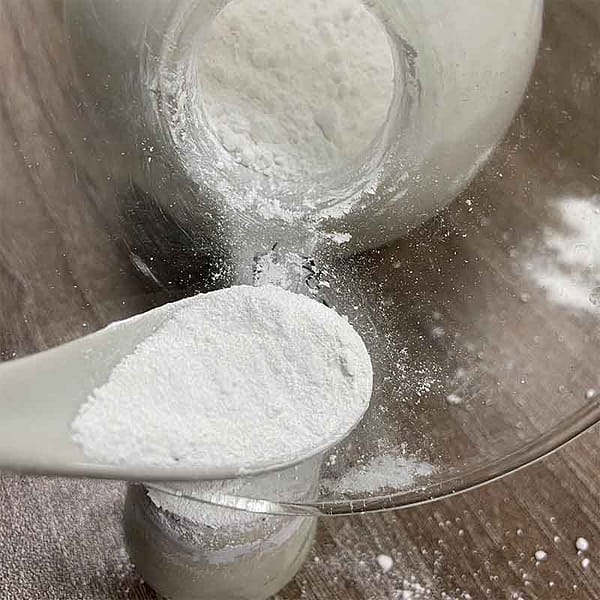Titanium dioxide (also known as TiO2, white titanium or Pigment White 6 – PW6)) is a major component in a myriad of industries. It’s particularly popular in paints, rubber, plastics and paper. This versatile substance with its stunning white pigment plays a vital role in transforming raw material into vibrant finished products. Let’s look into the wonders of titanium dioxide, examining its potential applications, manufacturing processes, and the crucial impact it has on different industries.
The Canvas of Titanium Dioxide – A Palette of Possibilities
Titanium dioxide is a crucial ingredient in many products. It is a key ingredient in the appearance and performance of products we use everyday. It is also known as Pigment White 6, it is a major component in the production of paints. It provides an incredibly opaque and brilliant white color that increases the vibrancy and depth of industrial and artistic uses equally.

In the field of plastics, titanium dioxide not only gives color, it can also function as an UV stabilizer that protects from the harmful effects induced by ultraviolet radiation. Due to its dual functions it is an essential component of a wide range of plastic products ranging from durable outdoor products to packaging materials.
The Manufacturing Alchemy: Titanium Dioxide Production Methods
The production of titanium dioxide involves intricate processes that require a lot of expertise, with two methods leading the way using sulfuric acid as well as the chlorination process. Each method has its unique particularities and applications, adding to the versatility of titanium dioxide across various industries.
Sulfuric Acid Method – This method involves the reaction between the titanium-bearing mineral and sulfuric acid. It results in an acid solution containing titanium sulfate. The solution is then hydrolyzed to the hydrated titanium oxide. The result, after being calcinated, is a fine white powder, which is ready to be integrated into many applications, especially in the paper and paint industries.
The Chlorination Method: By contrast, the method of chlorine utilizes chlorine gas to make with titanium-bearing minerals, creating titanium Tetrachloride. The titanium tetrachloride undergoes a series of chemical changes to create pure titanium dioxide. This method is prominent in the production of titanium dioxide for the plastics and rubber industries.
Titanium Dioxide Applications: Art and Science
Titanium Dioxide is a pigment with a stunning shine across every sector. Its ability to impart an intense white color, with excellent coverage and longevity makes it an ideal choice for homeowners, artists and industrial uses alike. The stunning white hue it gives to canvas isn’t just a visual effect, but also functional. It increases the durability of painted surfaces.
Titanium dioxide is utilized in plastics to give a sparkling finish. Apart from serving as a white colorant titanium dioxide acts as a UV stabilizer, offering crucial protection from the degrading impact of sunlight. This makes titanium dioxide an integral element in the manufacture of outdoor plastics and ensures that they retain their structural integrity and aesthetic appeal over time.
In the paper industry, titanium dioxide is a key ingredient in the whiteness and transparency of products made of paper. The addition of titanium dioxide improves the brightness and clarity of printed material. Titanium dioxide is utilized for the production of paper for much more than aesthetic reasons. It also plays a crucial role in enhancing the overall quality.
The rubber’s resilience, as well as UV resistance – The rubber industry is able to benefit from the UV resistance of titanium dioxide. Titanium dioxide protects rubber-based products from the harmful ultraviolet radiation.
Titanium Dioxide Impact: More Than Pigment
Although the impact of titanium dioxide is highly visible in its role as a pigment, its impact is not limited to color. The ability of the compound to improve the durability, resilience, and life-span of materials across different industries makes it a nebulous but vital contributing factor to the durability and performance of final products.
The result is that titanium dioxide transforms into a substance with profound significance that seamlessly incorporates itself into many industries. Pigment White 6 is a pigment that adds brilliance to canvases of all kinds that are industrial or artistic. Two processes, sulfuric and chlorination show the chemistry behind the production. The possibilities include enhancing the visual appeal of paints or coatings, protecting plastics against UV rays, making paper more bright, or protecting rubber, titanium dioxide is regarded as a testament to the harmonious blend of science and art in the field of manufacturing. The brightness of titanium dioxide illuminates the world around us, transforming a variety of products into ones that are durable and bright.